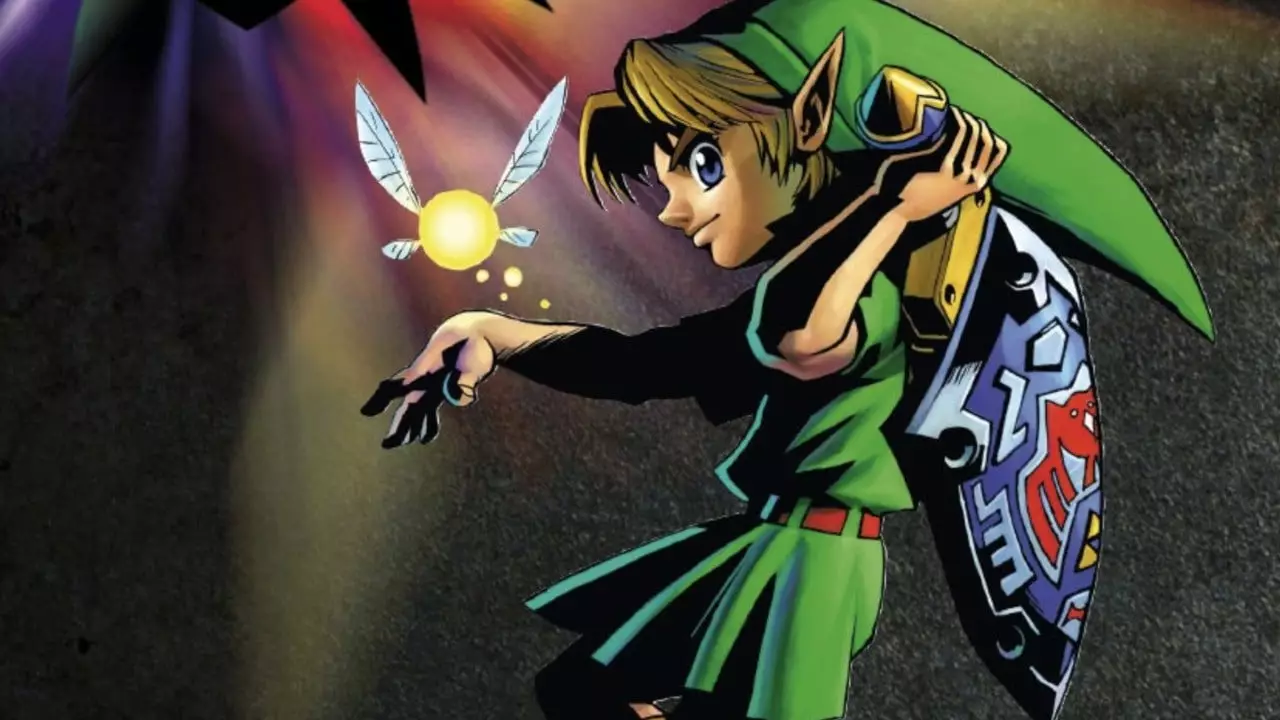The gaming world is filled with stories of innovative technologies that were either ahead of their time or simply lost in the shuffle of product releases. One such technology was the Voice Recognition Unit (VRU) for the Nintendo 64, a device that surprisingly accompanied the console but only found limited use in a handful of titles. The prime example of this technology’s attempted implementation can be found in the beloved classic, The Legend of Zelda: Majora’s Mask. Recent discoveries based on the decompilation of the game’s code reveal a hidden world of unused voice commands that spark curiosity about what might have been.
While Majora’s Mask has long been revered for its rich storytelling and immersive gameplay, the revelation that it contains remnants of voice recognition functionality adds another layer to its complexity. Modder ‘Skawo’ recently brought attention to this hidden potential within the game, building on research originally identified by fellow modder Zoinkity. This new analysis uncovered that although only a select few titles utilized the Nintendo 64’s VRU, the platform was initially designed to support five distinct voice commands, which the game discreetly anticipates during initialization.
The creative possibilities implied in these functionalities are intriguing. Players could have engaged with the game using their voices for actions such as taking pictures, summoning cows for milk, and even managing time during the looming crisis of the game’s narrative. However, it’s a bittersweet revelation; as it turns out, the functions remained dormant due to an unfulfilled condition in the game’s coding. In essence, the game was waiting for a value that would never be reached, thus trapping these interactive features behind a proverbial locked door.
The technical underpinnings of this hidden feature are notable. The game was designed to recognize Japanese words, which points to its original release context. Consequently, players who used the device in regions outside Japan would have faced a disconnect. The implications of such regional settings bring to light the fabrication of a user experience; in theory, a group of passionate Japanese players could have spoken commands into their N64s, vastly altering their gameplay experience compared to their international counterparts.
Ultimately, the failure of the Majora’s Mask to utilize these voice commands raises questions concerning development decisions. Was the VRU genuinely intended to enhance gameplay, or was its inclusion simply a marketing gimmick? The fact that the voice functions were cripplingly underutilized fosters an atmosphere of speculation. Might we have witnessed a gaming revolution had the functionality been fully realized and embraced?
The role of voice commands in gaming has evolved dramatically over the years. Titles across platforms have begun to incorporate voice recognition features as a means of enhancing immersion, though the extent of such utility varies significantly. Looking back at Majora’s Mask, it is difficult not to fantasize about the rich narrative potential that voice commands could have introduced. The ability to interact vocally with characters, make crucial decisions in storytelling moments, or influence dynamic events within the game could have transformed the experience from passive to truly interactive.
Furthermore, this nostalgia evokes questions about the future of voice functionality in game design. As technology continues to progress, could we one day return to a scenario where voice commands shape gameplay in a manner that was once envisioned in titles like Majora’s Mask? Modern gaming is embracing artificial intelligence and machine learning, creating a ripe landscape for the integration of sophisticated and nuanced voice recognition capabilities.
The hidden features of the Nintendo 64’s Majora’s Mask unearth nostalgic sentiments while pulsing with relevance for the future. As players and developers reflect upon these unused voice commands, it’s essential to appreciate not only the ambition of their design but also the lessons to be gleaned. What opportunities were missed in the past, and how can they inspire innovation in the gaming of tomorrow? Today’s advancements in AI set an enticing premise for a landscape where player voices could ignite stories, evoke emotions, and breathe life into interactive universes. In revisiting characters and commands that lay dormant for decades, we remind ourselves of the infinite potential that lies ahead in gaming technology.


Leave a Reply